As a personal trainer, you’re passionate about helping others achieve their health and wellness goals. However, the demands of this profession can take a toll on your own mental health. Long hours, high client expectations, and the pressure to maintain a perfect physique can lead to career burnout.
If you’re feeling exhausted, demotivated, and unsure of how to continue in your role, you’re not alone. Mental health therapy can provide the support and guidance you need to overcome career burnout and reignite your passion for personal training.
What are The Signs of Career Burnout in Fitness Mentors
Career burnout is a state of physical, emotional, and mental exhaustion caused by prolonged stress and overwork. For personal trainers, burnout can manifest as fatigue, decreased motivation, and a sense of detachment from their work. Factors contributing to burnout in this field include long working hours, high client demands, and the pressure to maintain personal fitness standards. Career burnout can manifest in different ways, but common signs include:
- Chronic fatigue and exhaustion
- Cynicism and detachment from clients and colleagues
- Reduced productivity and performance
- Lack of motivation and interest in work-related activities
- Increased irritability and mood swings
Research indicates that fitness professionals experience significant levels of burnout. A study found that 32.8% reported personal burnout, 28.5% work-related burnout, and 18.0% client-related burnout. If you’re experiencing several of these symptoms, it’s essential to seek help. Ignoring career burnout can lead to more severe mental health issues, such as depression and anxiety.
What is The Role of Mental Health Therapy in Addressing Burnout
Mental health therapy provides personal trainers with the tools and support they need to manage and overcome burnout. Here’s how it works:
Identifying the Root Causes
The first step in mental health therapy is identifying the root causes of burnout. Therapists work with personal trainers to understand the specific stressors contributing to their burnout. This could include work-related pressures, personal issues, or a combination of both.
Developing Coping Strategies
Once the root causes are identified, therapists help personal trainers develop coping strategies to manage stress. These strategies can include mindfulness techniques, relaxation exercises, and time management skills. By learning how to cope with stress effectively, personal trainers can reduce the impact of burnout on their lives.
Building Resilience
Mental health therapy also focuses on building resilience. This means helping personal trainers develop the inner strength to bounce back from challenges. Therapists teach techniques for maintaining a positive mindset, setting healthy boundaries, and prioritizing self-care.
Providing Emotional Support
Having a safe space to talk about their feelings is important for personal trainers dealing with burnout. Therapists provide non-judgmental emotional support, allowing individuals to express their thoughts and feelings openly. This support can be incredibly healing and validating.
How Mental Health Therapy Can Help
Mental health therapy can provide a safe and supportive environment for personal trainers to explore the underlying causes of their career burnout. A trained therapist can help you:
- Identify and challenge negative thought patterns and behaviors
- Develop coping strategies and stress management techniques
- Improve communication skills and boundary setting
- Enhance self-care and prioritize your own mental health needs
A mental health treatment center like Delray Brain Science can provide specialized support for personal trainers dealing with burnout. These centers offer comprehensive therapy programs customized to individual needs, ensuring that personal trainers receive the best possible care.
Benefits of Mental Health Therapy for Personal Trainers
Mental health therapy offers numerous benefits for personal trainers struggling with career burnout, including improved mental health by addressing anxiety, depression, and other emotional issues, thereby helping them regain their sense of purpose and motivation. It also enhances job performance by effectively managing burnout, allowing personal trainers to rekindle their enthusiasm for work and achieve better outcomes for their clients.
Also, mental health therapy promotes a healthier work-life balance, which is crucial for long-term career success and overall well-being.
What are The Steps to Take if You’re Experiencing Burnout
The personal training industry faces high attrition rates, with approximately 80% of personal trainers leaving the profession within their first year. If you’re a personal trainer experiencing burnout, recognize the signs such as feeling exhausted, disengaged, or unmotivated, and acknowledge these feelings to seek help. Consider seeking help from a mental health therapist who can provide the support and variety of tools needed to manage burnout effectively.
Practice self-care by prioritizing regular exercise, healthy eating, adequate sleep, and activities that bring joy and relaxation. Establish healthy boundaries at work to prevent overworking, which might involve setting specific work hours and learning to say no when necessary.
Conclusion
Career burnout is a common experience for many personal trainers, but it doesn’t have to be a permanent state. By seeking mental health therapy and implementing practical strategies for managing burnout, you can overcome this challenge and maintain a fulfilling and successful career.
Remember, prioritizing your mental health is essential to achieving your goals and living a happy, healthy life.

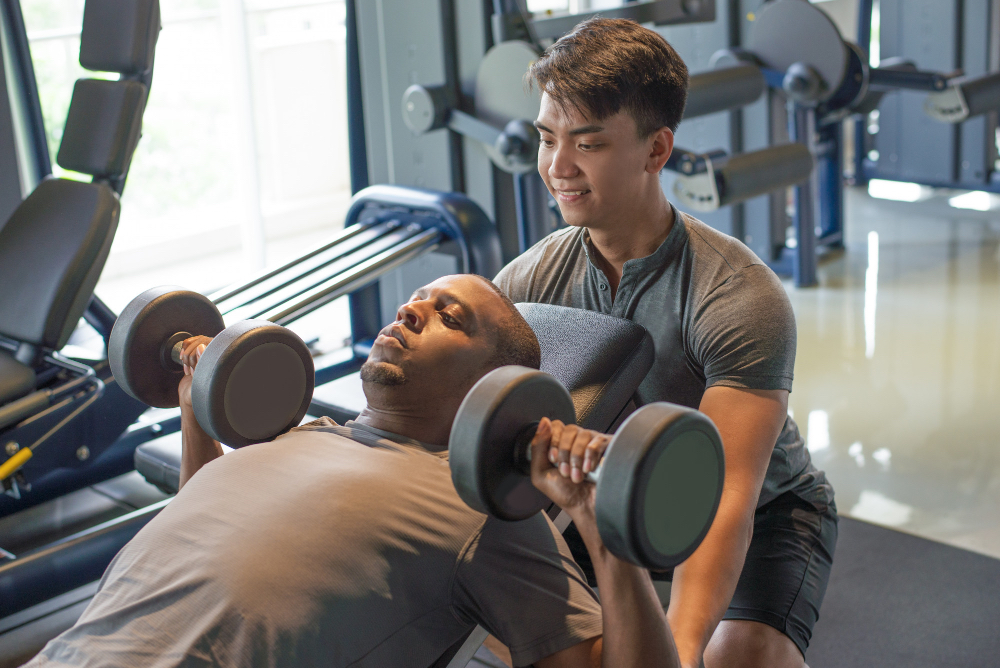
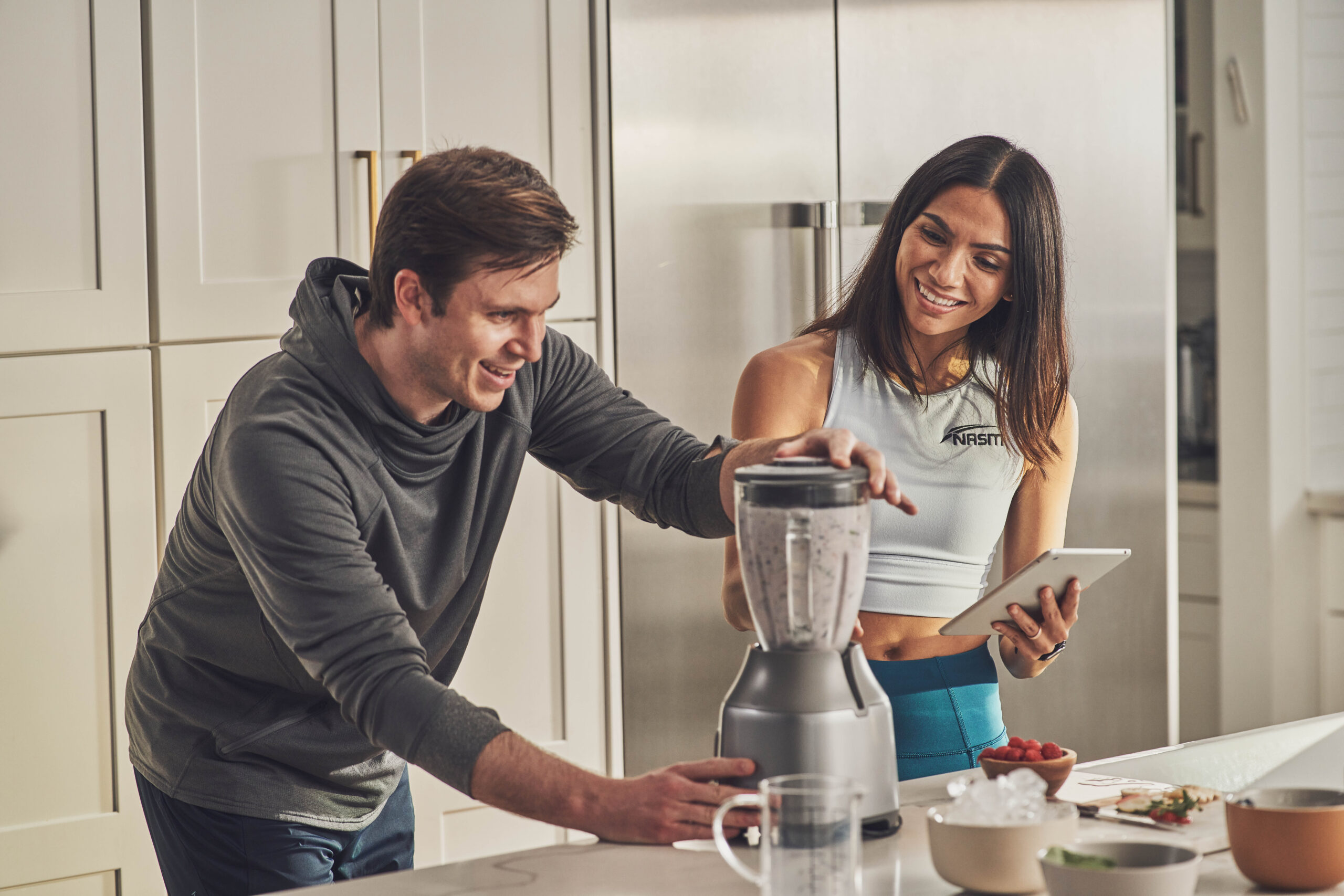

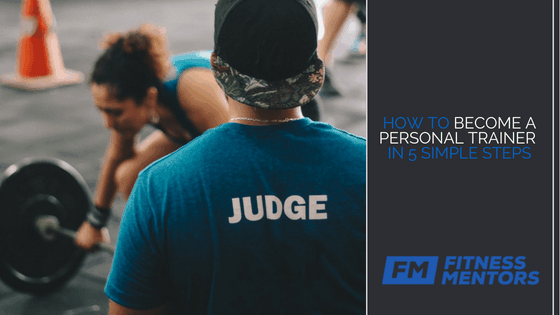


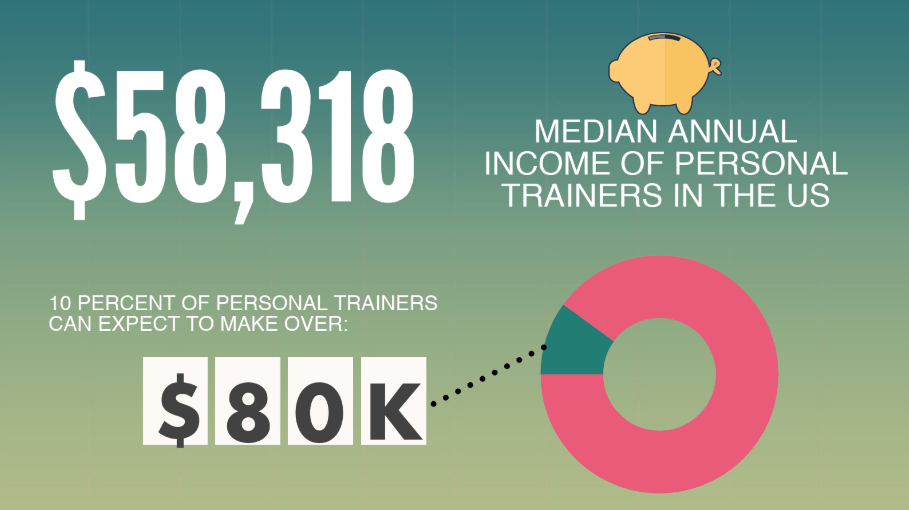
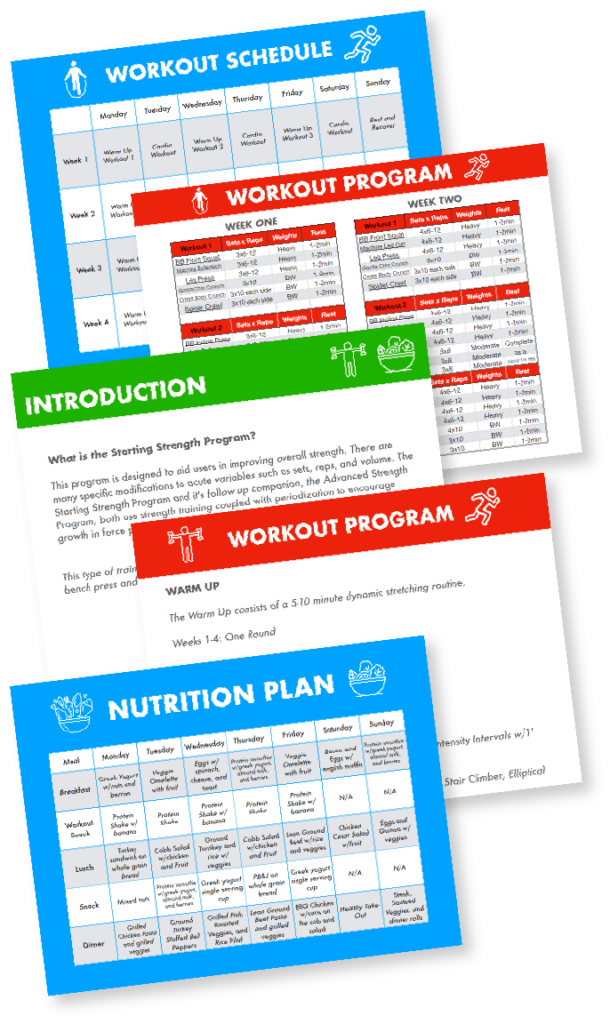
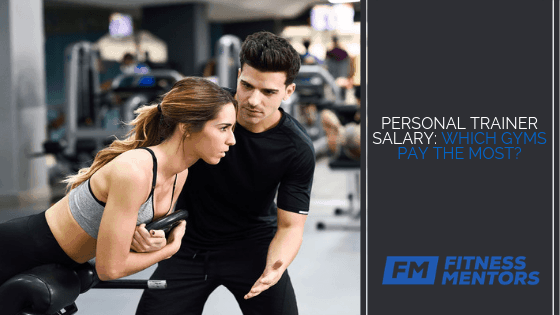
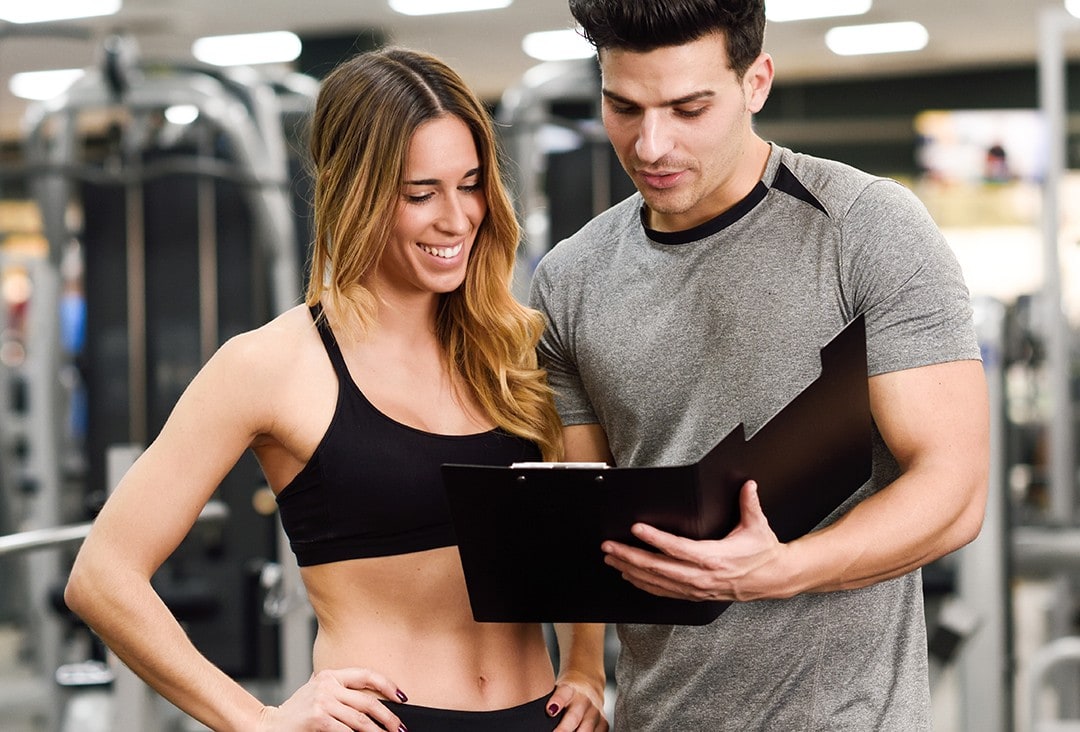


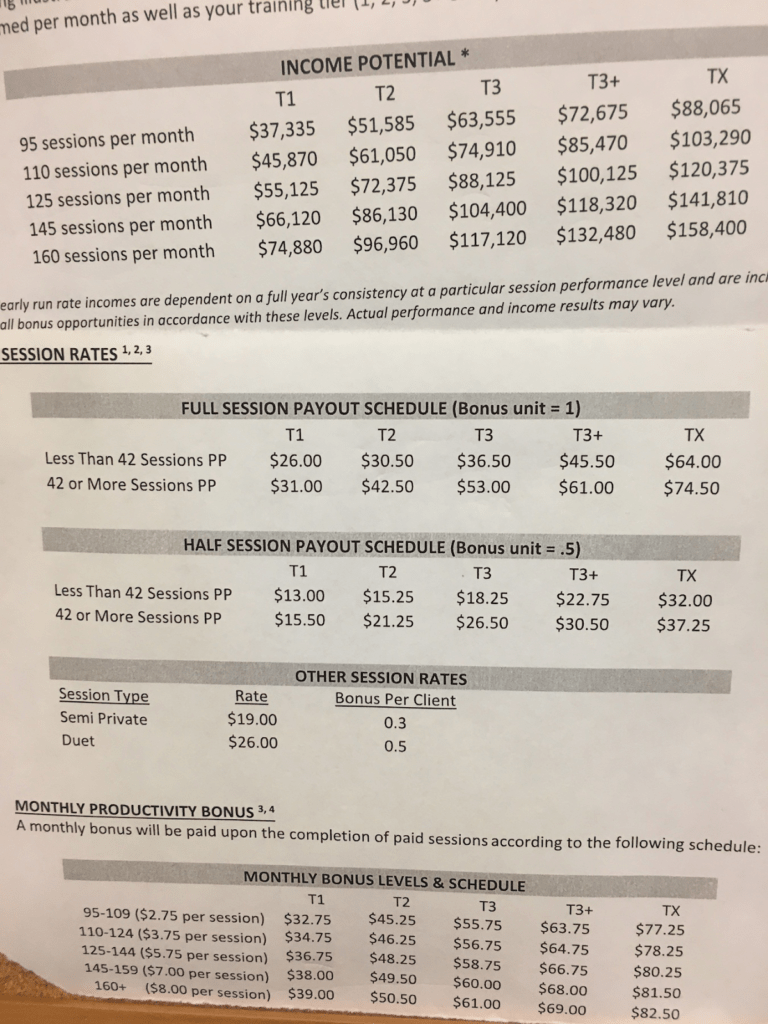

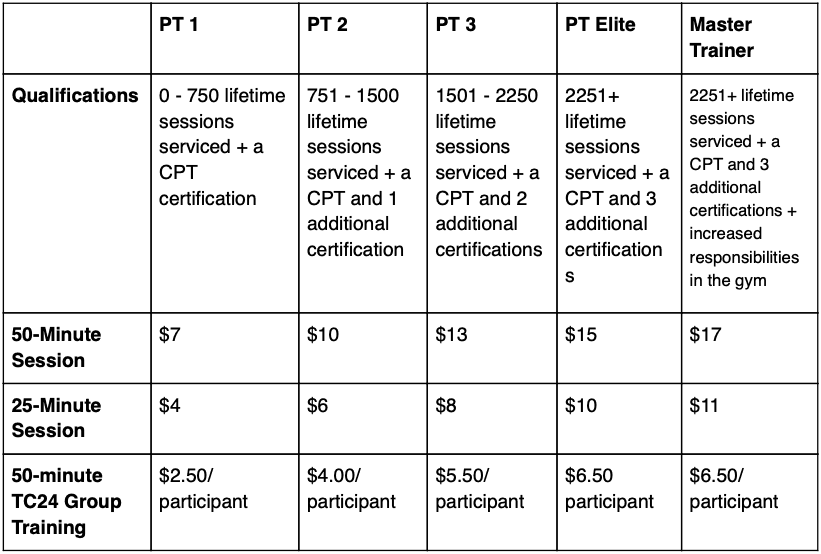






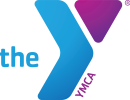
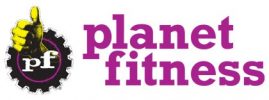


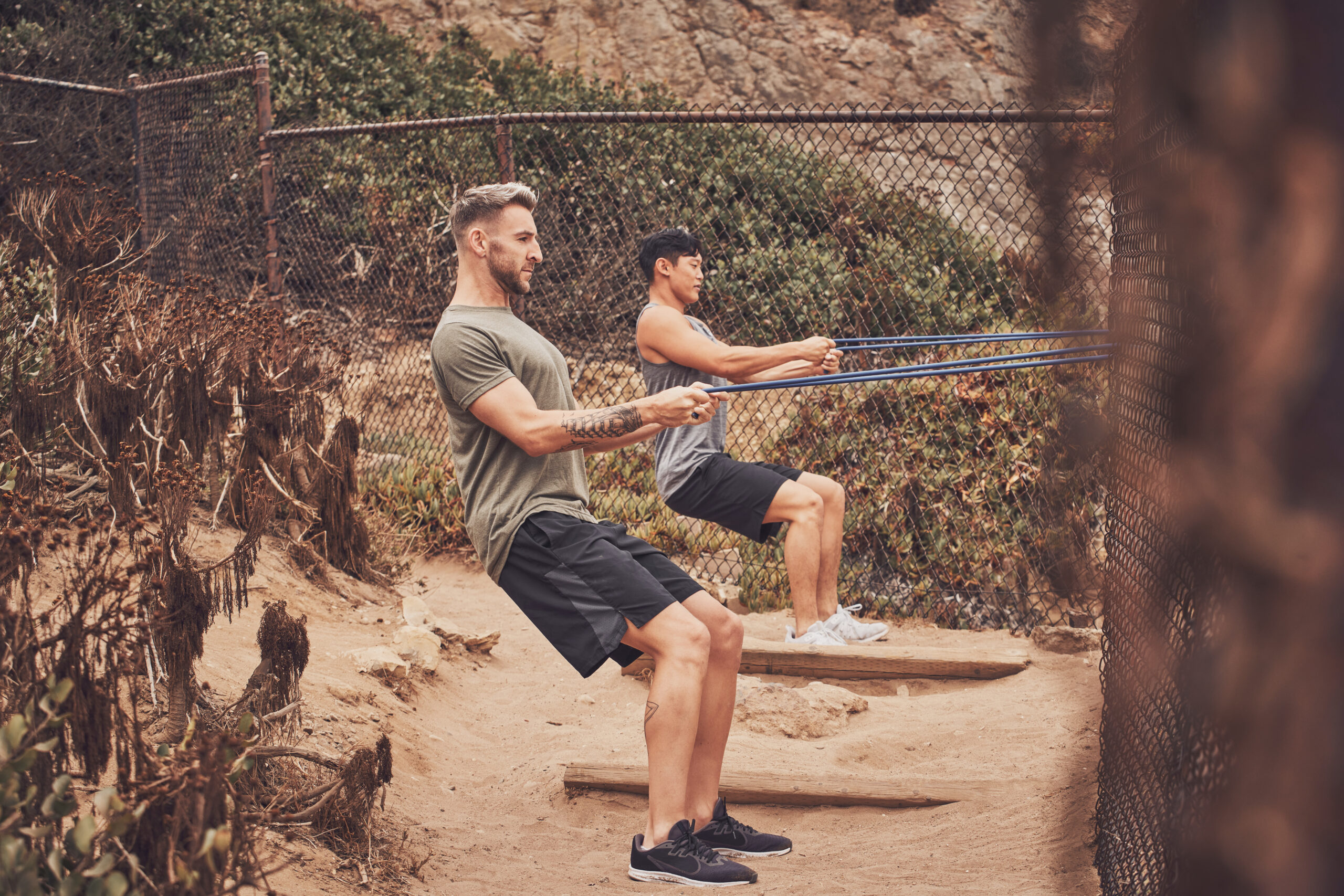


Personal training can be a great part time job. As an independent trainer you are free to charge as much as you’d like, choose your hours, and try to generate as much supplemental income as possible.